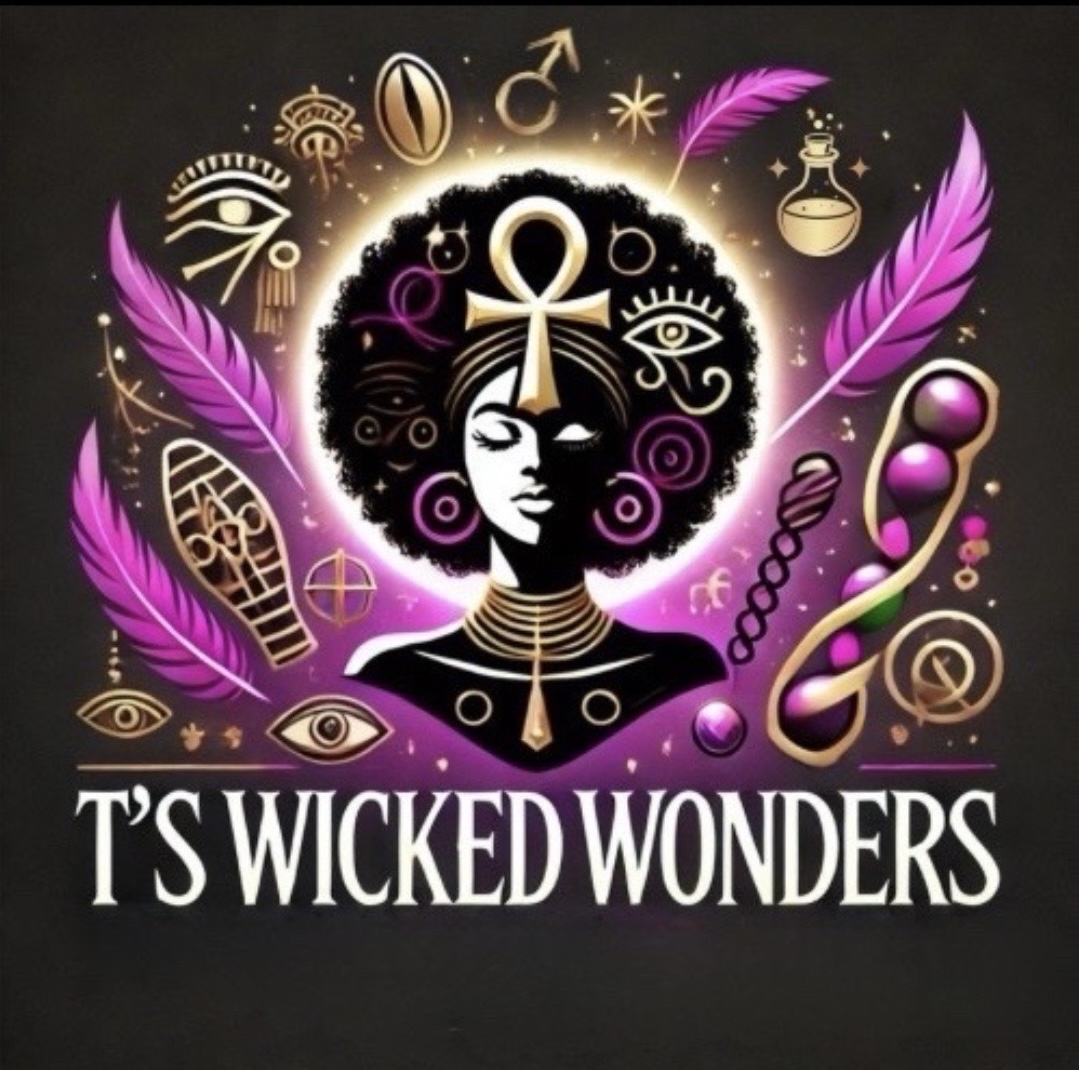Mythical and Magical Creatures Pt. 2
- T's Wicked Wonders

- Apr 29, 2019
- 3 min read
Associated with the Aztec god Tezcatlipoca was the powerful jaguar, it was the form the Sun took on its nightly journey through the underworld Mictlan, to then fight off the dangers of the night and emerge triumphant the next morning. The eagle was the Sun during the day and each night the jaguar lost part of his flesh in the battle. The jaguar taught humans to use bows and arrows and gave them cooked meat from his own fire, but men stole the fire and killed his wife, making the jaguar their enemy by forcing him to live alone in the forests because of the death of his wife. The Mayans worshipped the cougar who was protective and guarded the village from harm, he was called the Earth Father, Lord of all the forest, when he roared it sounded like thunder. The Aztecs dedicated altars to the moth, the scorpion and the centipede, they carved the images of these creatures they feared and made offerings to appease them. The scorpion, the bat, the spider and the night owl were associated with the Aztec Mictlantecutl (Lord of Death) and could not be killed.
Ananta was the Hindu goddess of infinite time, a creator Serpent goddess. Brahma, the Hindu Creator god and the other gods, slept between their incarnations on her coils. Brahma is associated with the Serpent goddess Kundalini, who symbolises the life force that resides like a coiled serpent at the base of the human spine. Manasa, a Serpent goddess identified with the Moon, reflects the dual role of preserver and destroyer, she is a popular goddess in Indian myth. Those who offend her are bitten, those who are devoted to her she guards against poisonous snakes. The Serpent goddess in India is revered and associated with fertility, rebirth and she is seen as the creating mother. Khadru, the Serpent goddess is said to have given birth to all the cobras in India and the divine water snakes, the nagas.
Uadjet, Buto or Wadjet, was the Ancient Egyptian Cobra goddess of the prehistoric kingdom of Buto, considered a goddess of the underworld, justice and truth. Snakes were associated with death and the underworld. Uadjet (Uraeus) became the symbol of Lower Egypt. Uraeus formed one of the two main power symbols of the pharaoh, it was worn on the headdress of the pharaoh to offer protection against enemies. Uadjet, known as the mother of the Sun and Moon, was associated with the eye of Ra, the Sun god. Uadjet would fix the enemies of the pharaoh with her fiery eyes and then spit poison into their faces. The Lady of the Heavens was another name given to her, she was associated with the heat of the Sun because of the way cobras basked in the heat of the Sun. Uadjet was pictured as winged and crowned, rising to strike and often chosen as a snake with a human face. She protected the infant Horus found among the reeds, while his mother Isis looked for the body of Osiris, her murdered husband.
The healing staff of the Ancient Greek and Roman worlds was entwined with twin snakes, symbolising the Tree of Life. The caduceus was adopted as a logo by the U. S. Army in 1902 for its medical corps, this symbol is thought to date back to Ancient Babylon. The twin serpent healing staff, which is topped with wings, is associated with Hermes the Greek god of medicine. Hermes is the winged messenger who carries messages between the underworld, Earth and the Heavens. In the classical world, the single serpent round the wooden staff is the symbol of Asclepius the healer demigod of Greece and Rome, his healing dream temples spread throughout the Roman Empire. Asclepius, the son of the god of light Apollo and a mortal woman, Koronis acquired his serpentine symbolism when Asclepius learned the secrets of overcoming death. He witnessed one serpent bring another dead serpent back to life, with a magical herb. After Zeus killed Asclepius, to prevent him from making the human race immortal, Asclepius became a god as compensation.












Comments